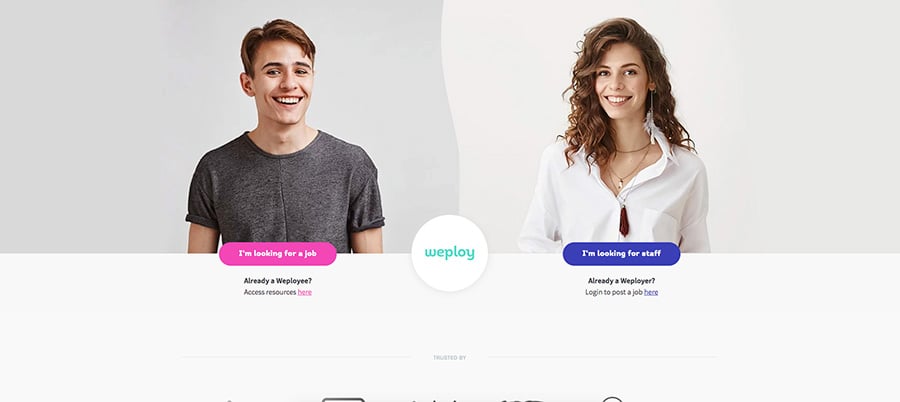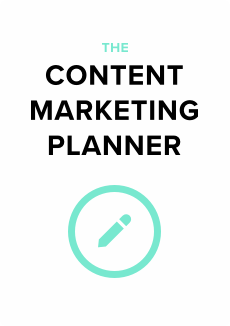Welcome to the first You & Co Labs session for 2016. Throughout a series of blog posts, we will conduct marketing experiments as we constantly look for new ways to improve website performance for both our clients and ourselves.
In this experiment, we will be covering the call-to-action (CTA), and specifically testing how significant the wording used on a CTA can be. The CTA in question for us was in prime web real estate and really underperforming. It had almost no clicks, and although there were other CTAs on the same page, we had to wonder if it was the copy, or if we should just get rid of it altogether.
We opted to test it before giving it the boot. While colour is a natural option to try, we wanted to see first if it was the copy that was creating an obstacle.
SO HOW DID IT GO? WELL, LET'S TAKE A LOOK:
Aim: To improve click through rate (CTR)
Hypothesis: The new copy will improve CTR by 2%
Materials:
- 1 x original call to action (control)
- 1 x new call to action (treatment)
- 1 x landing page
- 1 x month of data
PROCEDURE:
- 1. Review the performance data for the original CTA. Use at least 3 months of data in order to get a more accurate result. In particular, look at the click through rate. This can be found in HubSpot, but if you’re not in HubSpot, you would need to set up some event tracking with Google Analytics. As mentioned, the click through rate for this CTA was very low, so we had a lot of room to grow.
 The original CTA
The original CTA - The next step for this process is to create the new variant to test. In this case, we are opting to replace the text from “Book a Free Consultation?” into “Come in and Meet Dr _____”.
 The new CTA
The new CTA - Once you have decided on your test, it’s time to implement. There are a few options here to make your test run smoothly, we would use Unbounce to run the test, or if you have an Enterprise HubSpot account you can run the tests in there. Otherwise, you can do it manually, you just have to get a little more crafty.
- Ensure each of the two variables have enough data to draw a proper conclusion. In other words, make sure you send enough traffic and an even amount of traffic to each page. Usually at least a month's worth of data will be necessary, or even longer if the page isn’t one that receives a lot of traffic.
- Compare the results and use the data to make a decision.
RESULTS:
|
Original |
New |
|
|
Clicks |
3 |
48 |
|
CTR |
0.12% |
4.86% |
|
Lead conversions |
0% |
8.25% |
* One month of testing
CONCLUSION:
Getting results like these has us dancing like maniacs here in the office! If the clicks for this CTA had been any less originally, we probably would’ve scrapped it altogether. We anticipated an increase in clicks when we changed it, but these results far exceeded expectations. Not only did click through improve, but 6.25% of those clicks resulted in those visitors converting into leads.
We naturally decided to stick with the new CTA, and have since moved on to testing other elements. We will probably even return to test the copy or colour of this CTA again in the future despite the results, because there is always more than can be done. That’s the benefit of having websites equipped for Growth-Driven Design, you can react and adapt constantly.
There you have it. Go forth and test your own CTAs! Even the simplest of tests can translate into massive results. There’s no harm trying it out, you can always go back to the original if you weren’t making new ground. Until next time!










